
2025.08.13 WED 9PM (수요일 저녁 9시)
Radio Endless :
A Jazz Blueprint for Fall
— 가을을 기다리는 17곡의 재즈 구조도
안녕하세요. 하노아라고 합니다. 일본에서 태어나 자란 고등학생으로, 유포니엄과 트롬본을 연주하며 재즈를 더 깊이 배우고 있습니다. 틸트의 마스터이신 삼촌의 부탁을 받아, 제가 가장 좋아하는 계절, 가을을 주제로 플레이리스트를 만들었습니다.
첫 곡이 그리는 풍경은 뉴욕이었습니다. 가족과 여행 중, 잠시 머문 카페 창밖으로 바람이 불고 낙엽이 흩날렸습니다. 그때 느낀 재즈의 온도와 공기를 이번 리스트에 담았습니다.
많은 사람들이 색소폰이나 트럼펫처럼 앞에서 리드하는 악기를 먼저 떠올리지만, 저는 곡의 온도와 구조를 다잡아주는 소리를 더 좋아합니다.
트롬본, 콘트라베이스 같은 악기들이에요. 연주자 입장에서 들어보면, 이 소리들이야말로 곡 전체를 묶어주는 진짜 축 같습니다.
꼭 그 풍경이 뉴욕일 필요는 없습니다. 조용히 앉아 쉴 수 있는 시간과 창밖의 공기를 느낄 수 있는 자리라면 어디든 좋습니다. 그런 순간이야말로 곡을 더 깊게 들을 수 있는 때라고 생각합니다.
여름이 끝나갈 무렵, 이 음악들이 여러분에게도 계절을 천천히 걸어가는 기분을 줄 수 있으면 좋겠습니다.
Curated & Photos by Guest Listner,
하노아
1. Wayne Shorter – Yes or No [1965]
2. Benjamin Henocq, Sylvain Romano, Max Ionata – Parker 51 [2016]
3. Clifford Brown & Max Roach – Joy Spring [1954]
4. Count Basie – Orange Sherbert [1975]
5. Duke Ellington – Take the “A” Train [1939]
6. Bill Evans – On Green Dolphin Street [1975]
7. Glen Gray – Sunrise Serenade [1939]
8. New York Unit - Smoke Gets in Your Eyes [1992]
9. Sonny Rollins – In a Sentimental Mood [1956]
10. Baptiste Herbin – Scene on Seine [2020]
11. Tommy Flanagan – In the Blue of the Evening [1956]
12. Louis Armstrong – On the Sunny Side of the Street [1934]
13. Art Blakey & The Jazz Messengers – Moanin’ [1959]
14. Bill Evans Trio – Autumn Leaves [1960]
15. Fred Hersch – Lotus Blossom [1996]
16. Chet Baker – Tenderly [1955]
17. Dave Brubeck Quartet – Take Five [1959]
*About #Tilt_Radio_Endless 011 :
매주 수·목 저녁 9시, 틸트에서 열리는 청취 프로그램입니다.
익숙한 감정과 누군가의 기억, 느슨하게 흐르는 감각들로 하나의 시간이 천천히 이어집니다. 틸트가 직접, 혹은 게스트 큐레이터와 함께 만들어갑니다.
Radio Endless:
A Jazz Blueprint for Fall
— A 17-track guide to awaiting autumn
Hello. My name is Noah Ha. I'm a high school student born and raised in Japan, and I'm delving deeper into jazz while playing the euphonium and trombone. At the request of my uncle, the master at Tilt, I’ve created a playlist with the theme of my favorite season, autumn.
The first song paints a picture of New York. During a family trip, I was sitting in a café when the wind blew and leaves scattered outside the window. I tried to capture the temperature and atmosphere of the jazz I felt at that moment in this list.
Many people first think of lead instruments like the saxophone or trumpet, but I prefer the sounds that establish the song's temperature and structure.
Instruments like the trombone and contrabass. From a performer's perspective, these sounds feel like the real axis that holds the entire piece together.
It doesn't have to be that exact New York scenery. Any place where you can sit quietly and feel the air outside the window is perfect. I believe those are the moments when you can listen to a song more deeply.
As summer comes to a close, I hope this music can give you the feeling of slowly walking into the new season.
Curated & Photos by Guest Listener,
Noah Ha
*About #Tilt_Radio_Endless 011 :
This is a listening program held at Tilt every Wednesday and Thursday at 9 PM. A single hour unfolds slowly with familiar emotions, someone's memories, and loosely flowing senses. It is curated directly by Tilt or together with a guest curator.


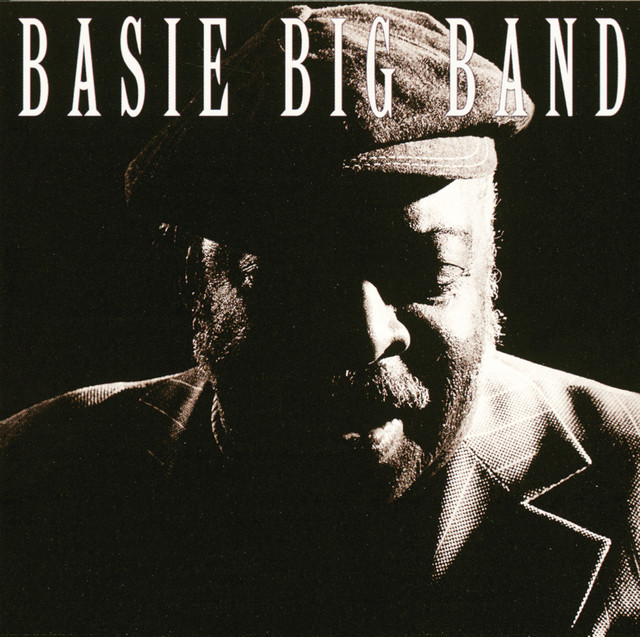
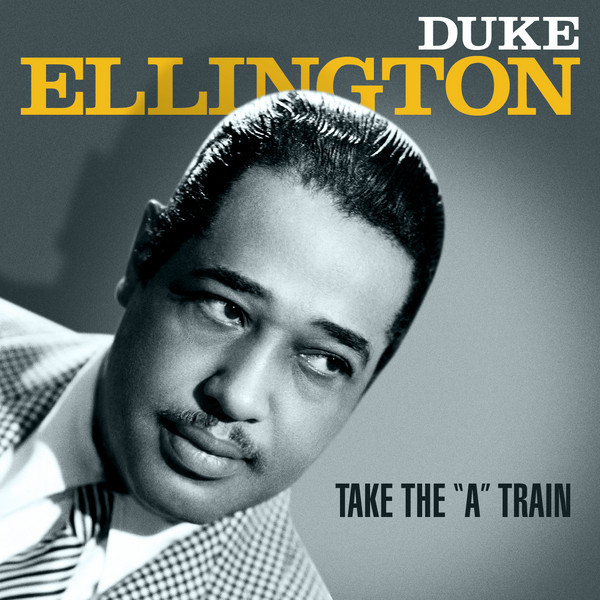






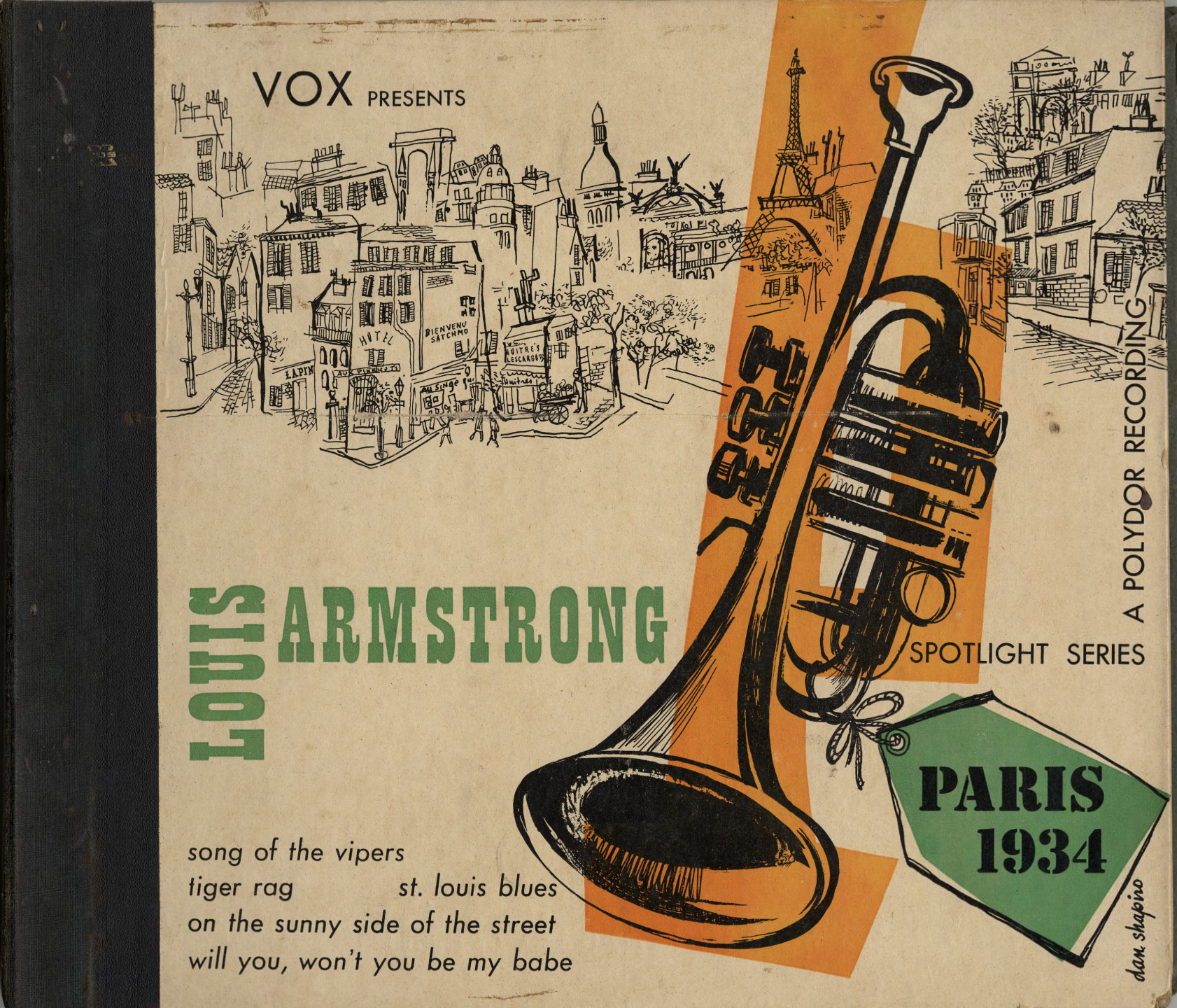

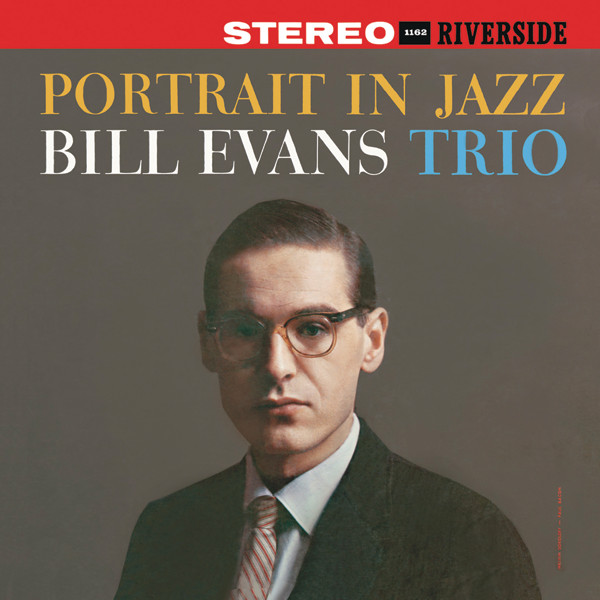

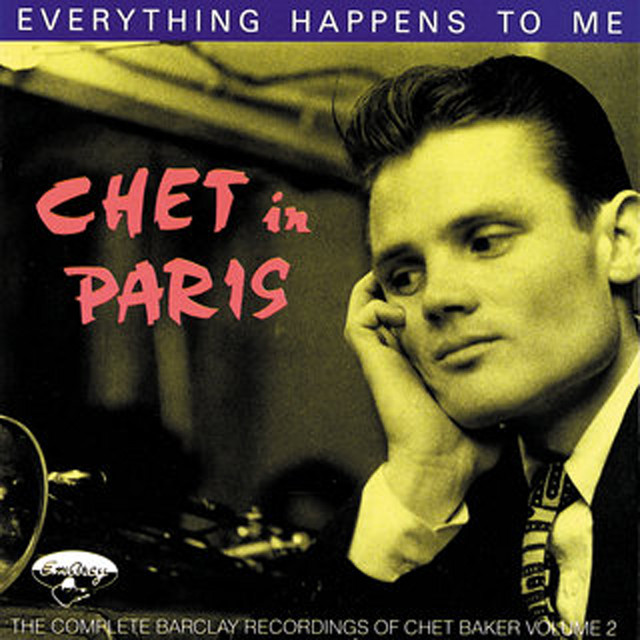

'FNST' 카테고리의 다른 글
| 2025.08.14 Radio Endless : Echoes from the Left Bank (3) | 2025.08.13 |
|---|---|
| 2025.08.16 ALC_Session with Seedless Watermelon Kim Dea-Jung : If I Had Blues ov (3) | 2025.08.13 |
| 2025.08.07 Radio Endless : The Cure (2) | 2025.08.05 |
| 2025.08.06 Radio Endless : Where Music Touches Light (3) | 2025.08.04 |
| 2025.07.31 Radio Endless : Commas of Life (2) | 2025.07.30 |



